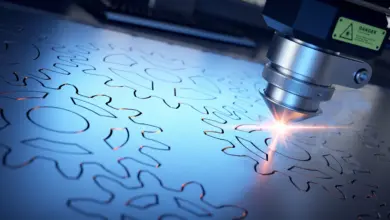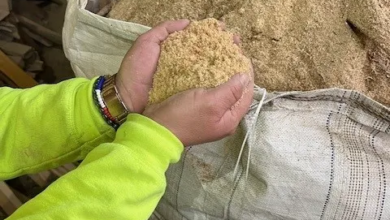There are so many types of stone that fall under the umbrella category of natural stone, and sandcarving with photoresist film can tackle all projects from small river rocks to large donation recognition walls, not to mention memorial stones.
Small stones: Because small stones have a polished surface, a Self-Stick film will work perfectly for them – film in 4 mil or 5 mil adheres nicely to the polished surface.
Medium stones: Medium stones usually have an unpolished and irregular surface. With an unpolished surface, the Self-Stick film will not adhere properly to the surface, especially if the surface is porous. We recommend an additional adhesive. A 5 mil or 6 mil photoresist film allows a medium-to-deep etch in stone surfaces.
Not only can you engrave smaller stones, but large boulders, stone donor walls, and laid brick-walkways, as well. This requires a portable pressure pot system, as well as a compressor that can become mobile. Proper protection is recommended when using a portable pressure pot.
It is important to have proper application of the photomask on an irregular or porous surface (bricks and pavers). Even though there is additional adhesive on the photomask, it may not hold to the surface during blasting, especially on a curve. For best results, heat the stone with a propane torch until the surface is hot to the touch, then apply the photomask. The heat will cause the adhesive on the photomask to bond, securing the mask to the stone surface. We do not recommend applying photomask to a cold stone surface – at least have the stone at room temperature. A paint-fill application provides contrast of the etched area. The type of paint used is important, otherwise it may not last long in an outdoor setting.
—Rayzist




